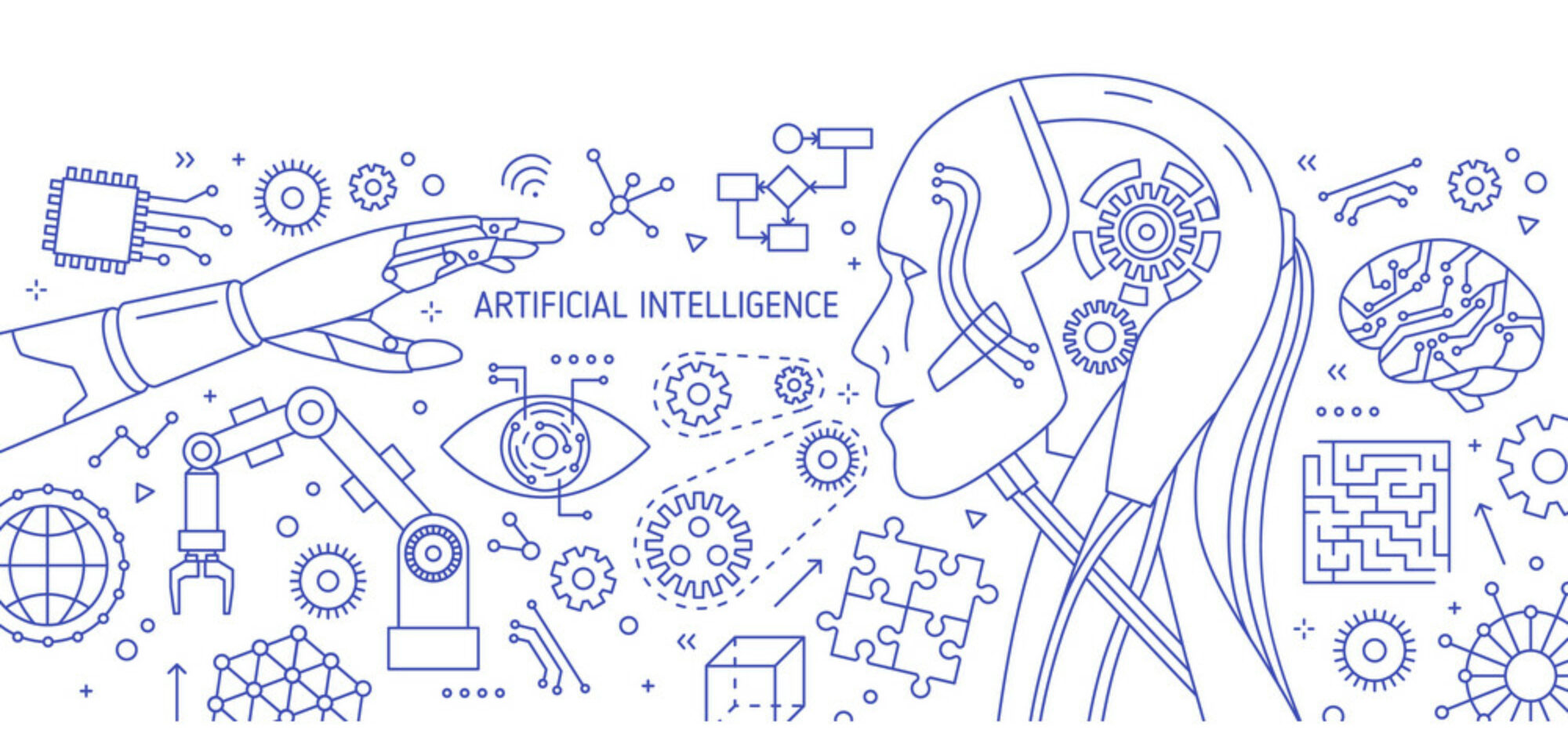Guide dogs, also known as seeing-eye dogs, have been used to assist the blind or visually impaired for almost a century. The aid of a loyal and well-trained companion can be beneficial to a person with visual impairments; however, the accessibility and maintenance of these dogs pose a significant issue.
Moreover, there exist various places that prohibit animals, but the goal with this device is to be able to have it navigate all indoor spaces, but for our purposes, it will only be tested in Armstrong Hall, and act similar to a guide dog. The incorporation of new characteristics to this “guide dog” will enhance a user’s overall experience through the detection of obstacles and identification of rooms.
Overall, we propose an autonomous navigation robot that will act similarly to a guide dog without the typical limitations guide dogs pose.
